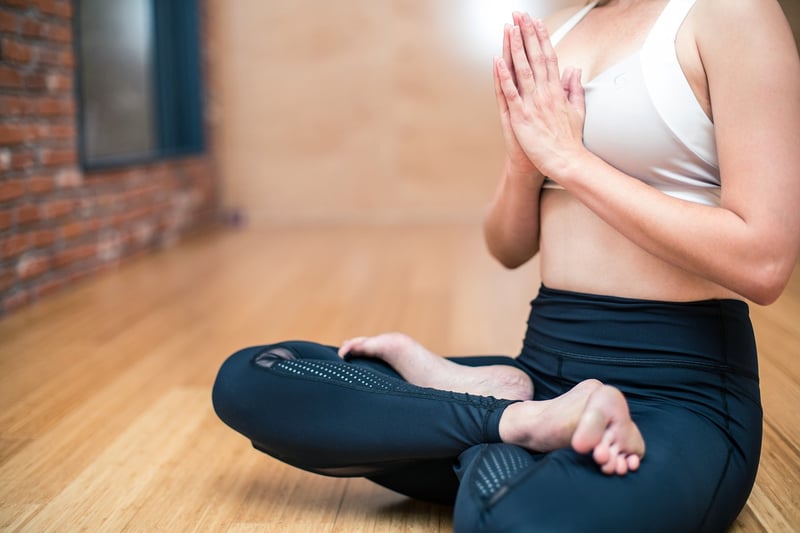Restorative for Relaxation
Mindful Movement Practices + Restorative for Relaxation
Life can get chaotic, and finding moments of peace and relaxation is essential for overall well-being. Mindful movement practices combined with restorative techniques offer a powerful way to unwind and rejuvenate the body and mind. In this article, we explore how these practices can help you achieve a state of deep relaxation.
Mindful Movement Practices
Mindful movement practices, such as yoga, tai chi, and qigong, focus on connecting breath with movement to cultivate awareness and presence. These practices not only improve flexibility and strength but also promote relaxation and reduce stress.
Benefits of Mindful Movement Practices:
- Enhanced flexibility and balance
- Stress reduction and relaxation
- Improved posture and body awareness
- Increased mindfulness and focus

Restorative Techniques
Restorative techniques focus on passive relaxation and deep rest. These practices aim to activate the parasympathetic nervous system, often referred to as the body's "rest and digest" mode, to promote healing and relaxation.
Common Restorative Practices:
- Guided meditation
- Deep breathing exercises
- Body scan relaxation
- Progressive muscle relaxation

Combining Mindful Movement with Restorative Practices
By integrating mindful movement practices with restorative techniques, you can create a holistic approach to relaxation. Start with gentle movement to release tension and then transition into restorative poses or relaxation exercises to calm the mind and body.
Remember to listen to your body and honor its needs. Find a quiet space, set aside dedicated time for yourself, and allow these practices to guide you towards a state of deep relaxation and rejuvenation.
Whether you prefer yoga, meditation, or a combination of both, incorporating mindful movement and restorative practices into your routine can help you manage stress, improve sleep, and cultivate a sense of inner peace.
